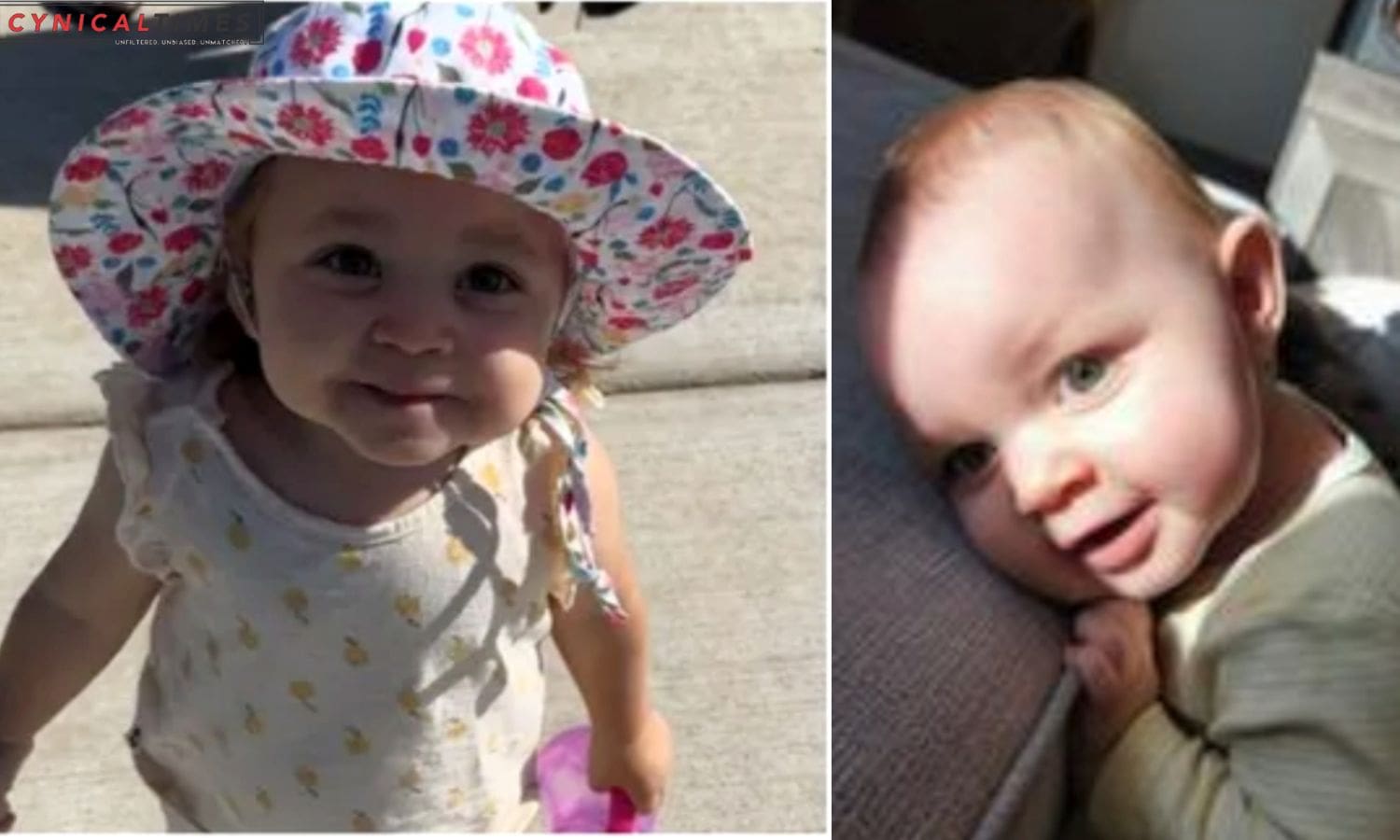Tragedy Strikes as Toddlers Drown: Two women, Nina Fathizadeh and Shahin Gheblehshenas, faced their initial court appearance in connection to the tragic incident at their San Jose daycare facility, Happy Happy Daycare. The charges of felony child endangerment stem from the drowning of two toddlers, Payton Cobb and Lillian Hanan, both just one year old, in the facility’s backyard pool on October 2. The court proceedings were marked by a delay as a Farsi language interpreter wasn’t available.
The arraignment showcased the serious nature of the charges, with the women not entering pleas during this initial appearance. Fathizadeh, aged 41, and her 64-year-old mother, Gheblehshenas, co-owned Happy Happy Daycare, which held a state-issued license and operated out of a residence on Fleetwood Drive.
The tragic incident occurred when, according to the Santa Clara County District Attorney’s Office, the pool gate was left propped open, allowing three young children, including the victims, to wander into the pool area unsupervised. Fathizadeh was reportedly in the kitchen making breakfast, leaving the children out of her sight for at least five minutes.


Also Read: Santa Clara County Tackles Mental Health: A Journey of Compassion and Challenge
Prosecutors highlighted the responsibility of caregivers to closely watch over young children and emphasized that the gate had been propped open on previous occasions. The lack of proper supervision and failure to check the gate led to the heartbreaking drowning of the two toddlers.
During the court hearing, it was revealed that Fathizadeh had left one child in a crib while letting three others, including the victims, play in the rear patio area without supervision. The discovery of one child floating in the pool prompted Fathizadeh to initiate CPR, not immediately realizing that two other girls were also in distress in the deep end.
Tragically, despite the efforts of Fathizadeh and the subsequent arrival of paramedics, the 16-month-old and 18-month-old girls were pronounced dead. The daycare, operating with a state-issued license, had its share of lapses, including the absence of Gheblehshenas during the incident. She was reportedly working at another unlicensed daycare in her daughter’s home.
Prosecutors requested the judge to order the surrender of the women’s passports, indicating the serious nature of the charges. Fathizadeh and Gheblehshenas are currently out of custody on bail, and their arraignment is scheduled for December 28. The court proceedings underscore the tragic consequences of inadequate supervision and raise questions about the daycare’s safety protocols and adherence to regulations.
Our Reader’s Queries
Is drowning the number one cause of death in toddlers?
Tragically, fatal drowning is the primary cause of death for children aged 1-4 and the second most common cause of unintentional injury death for children aged 5-14, second only to motor vehicle accidents.
What are the symptoms of secondary drowning in toddlers?
It’s crucial to monitor your child closely after a submersion incident, as most non-fatal drowning symptoms appear within 6-8 hours. Look out for signs such as breathing difficulties, skin color changes, persistent vomiting, or unusual behavior. If any of these symptoms arise, seek medical attention right away.
Who were the two children who drown in the pool in San Jose?
The Santa Clara County Coroner’s Office has identified the two young victims of the tragic Oct. 2 pool incident as 1-year-old Payton Cobb from Hollister and 1-year-old Lillian Hanan from San Jose. Fortunately, a third child was rescued from the pool and is expected to recover from non-life-threatening injuries. Our hearts go out to the families affected by this devastating event.
What are the autopsy findings for drowning?
During an autopsy, it is common to observe bloody froth in the airway, water in the stomach, cerebral edema, and petrous or mastoid hemorrhage. Additionally, “Washerwoman” changes of the hands, which involve the shriveling of the skin, may develop after several hours of submersion in water, regardless of whether the person died in the water. These findings can provide valuable information for determining the cause of death.

